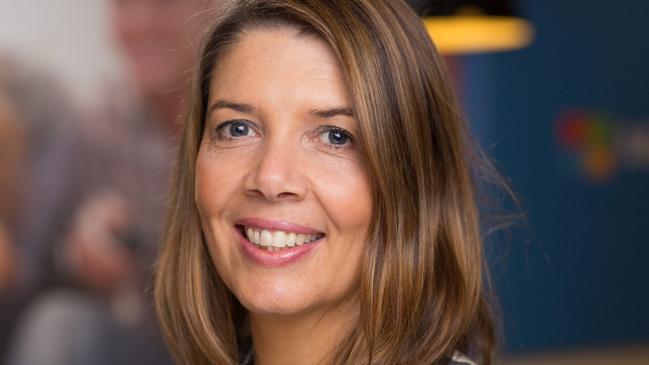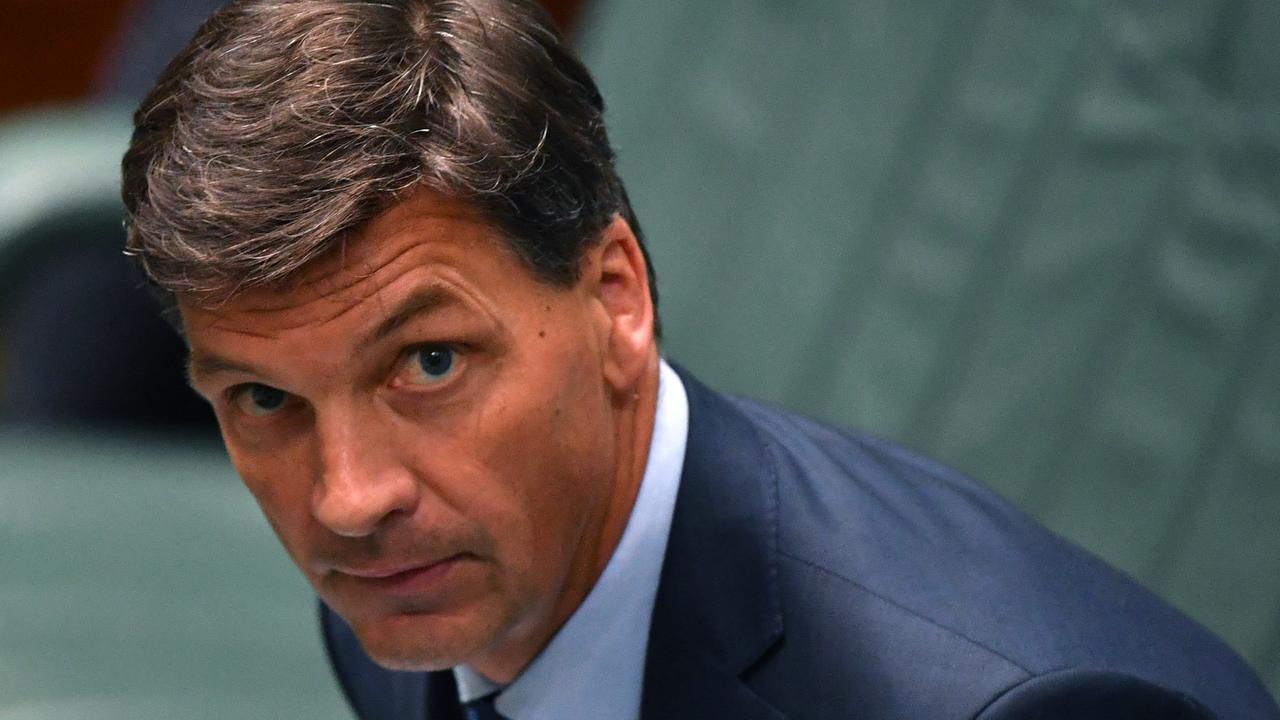Road map for females aiming for tech future
The push to increase female participation in STEM fields gain momentum with the government set to release a 10-year road map.

The push to increase female participation in STEM fields has gained momentum in recent years, with the federal government set to release later this year a 10-year road map — Women in STEM Decadal Plan.
Despite a wide range of programs and initiatives to bring about change, realising equal participation and retention from school through to careers still appears to be a long way off.
The need to get more women into STEM roles is becoming increasingly urgent. A recent report by the Foundation for Young Australians noted that by 2030 Australian workers will spend 77 per cent more time using science and maths skills at work.
Up-to-date data and reporting on progress is a major issue. The most commonly cited data for the academic STEM sector is a 2015 report commissioned to inform industry and policymakers — Women in the Science Research Workforce: Identifying and Sustaining the Diversity Advantage — says Dr Marguerite Evans-Galea, co-founder of Women in STEM Australia. Evans-Galea says the other primary data is that reported by the Office of Australia’s Chief Scientist, but this information, too, isn’t recent, drawn mainly from the 2011 census.
The chief scientist’s report reflects a dire picture for women in STEM. Out of 2.3 million people STEM-qualified, only 16 per cent are female.
In the higher education sector, the Science in Australia Gender Equity organisation has piloted a successful program from the UK: Athena SWAN. The program’s charter is founded on principles that support and call for commitment and action to advancing gender equality and diversity. By signing up to the charter, institutions commit to adopting these principles. It operates through an accreditation and awards framework that recognises and rewards institutional achievement.
Launched in 2015, 32 institutions from higher education and research joined the pilot. SAGE now has a membership of 45 institutions: 33 universities, six medical research institutions and six publicly funded research organisations.
The organisation’s Athena SWAN program is collecting data from multiple research organisations and plans to use the data reported by its members to inform and track improvement in gender equity and diversity across the higher education and research sector, says the organisation’s executive director, Wafa El-Adhami.
SAGE will use the research to “establish a national baseline and data set to guide benchmarking for the higher education and research sector, and to continue to evaluate progress”, she says. “This work is in its early development phase.”
The SAGE initiative is valuable, says Evans-Galea, because it’s likely to provide a more regular and updated, in-depth snapshot of the STEM workforce over time.
As for the current picture, she says we’re seeing a greater number of women entering studies and careers in biomedicine, life sciences, and chemistry, rather than physics and mathematics, with fewer numbers in engineering and technology.
“All disciplines experience a loss of women in STEM as professionals as they move up the career ladder, with anywhere from 5-17 per cent women professors in leadership, depending on the discipline.”
There’s been a huge drive for change over the past five years, says Evans-Galea, with the Australian Academy of Science and the Australian Academy of Technology and Engineering heeding calls from leaders and young researchers. The culminating point, she says, was the appointment of Australia’s first Women in STEM Ambassador, Professor Lisa Harvey-Smith, in October last year. “This sends a strong message to girls and women in Australia that STEM is for everyone.”
Technology company Microsoft Australia acknowledges the challenge.
“We know it’ll take time, but for us, it’s about continued positive progress,” says HR director, Ingrid Jenkins. “If I reflect on progress over the past decade, the step change is real, and I think the pace will pick up in the next decade. I believe the younger generations who have witnessed first-hand the changes in traditional gender role models in the household and at work will be the strongest advocates for equity.”
Some of Microsoft Australia’s more technical roles, including cloud solution architects, technical sales professionals and engineering, are among the most challenging for which to recruit females, says Jenkins.
“The market tells us that less than 10 per cent of people employed in these roles today are female. We’re proud that our representation in this area is above market average, but we still have a lot to do to increase technical female talent representation at Microsoft in Australia and the sector more broadly.”
The tech giant has an extensive list of initiatives in place. It measures its female representation trend monthly and has “developed a cadence of connecting with internal female cohort groups to talk through their experiences and call out any trends — either positive or negative — which helps guide us as to where to focus”, says Jenkins.
One key initiative is male championship. Jenkins explains it believes that bridging the gap and inspiring equity can only be done if both female and male influencers are committed to greater gender diversity in their workforce.
In 2016, Microsoft Australia tied components of executive compensation to internal diversity and inclusion goals. This was an effort designed to align leadership on shared goals, and to deliver on a core goal to operate as one team instead of multiple businesses within a business, says Jenkins.
One of the greatest achievements has been reaching 50 per cent female representation for the senior leadership team in Australia and continuing to progress female representation throughout the business positively, says Jenkins.
Nearmap is an Australian aerial imagery technology and location data company with more than 200 employees.
“When we saw the need for growth about 18 months ago we started looking at ways that we could attract more females into traditionally male-dominated tech and engineering roles,” says the company’s executive vice- president, people and culture, Sue Steel. “Even though the situation is evolving, the tech and engineering industry remains a male-dominated environment. We can see that by the sheer number of female candidates for an engineer or tech position. It’s usually quite low compared to male candidates.”
One of the many initiatives the company put in place was to partner with recruitment firms specialising in female STEM positions. Other efforts include attending female networking events such as Product Women, offering 12 weeks paid parental leave, posting positions on female job websites, and partnering with universities to channel in the right candidates. Nearmap’s board is 17 per cent female, the executive team 13 per cent, and 24 per cent of managers across the business are female. The company’s management roles in tech fields — engineering and data science to product management and survey operations — are now 30 per cent women as a result of the initiatives put in place striving for equal representation.
The achievements of both Microsoft and Nearmap are significant, but, as both companies acknowledge, it will take time to overcome the challenges. Evans-Galea says a similar picture still exists in the broader workforce outside of STEM fields, with few women founders and only 12 women CEOs leading ASX-200 companies.


